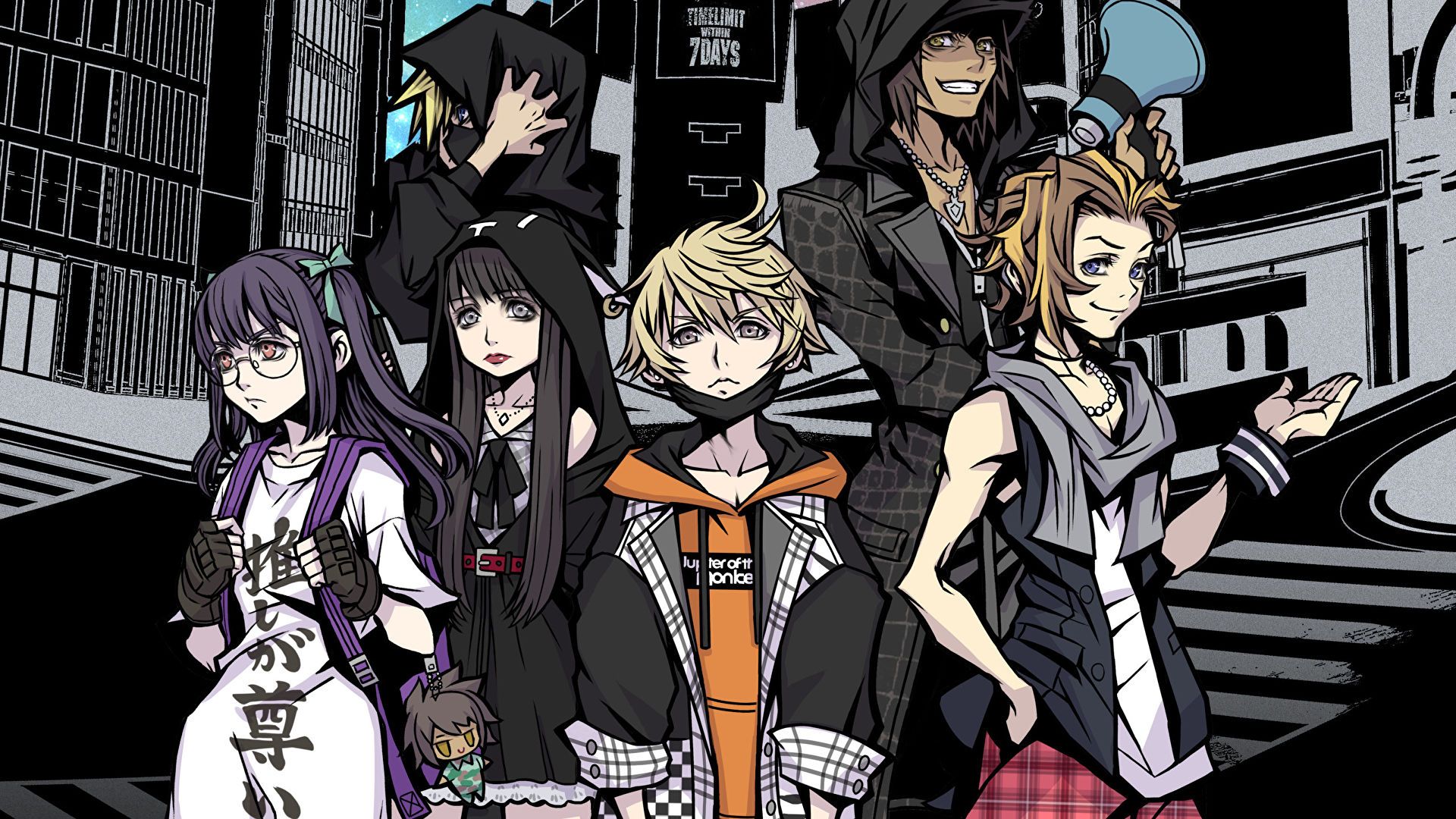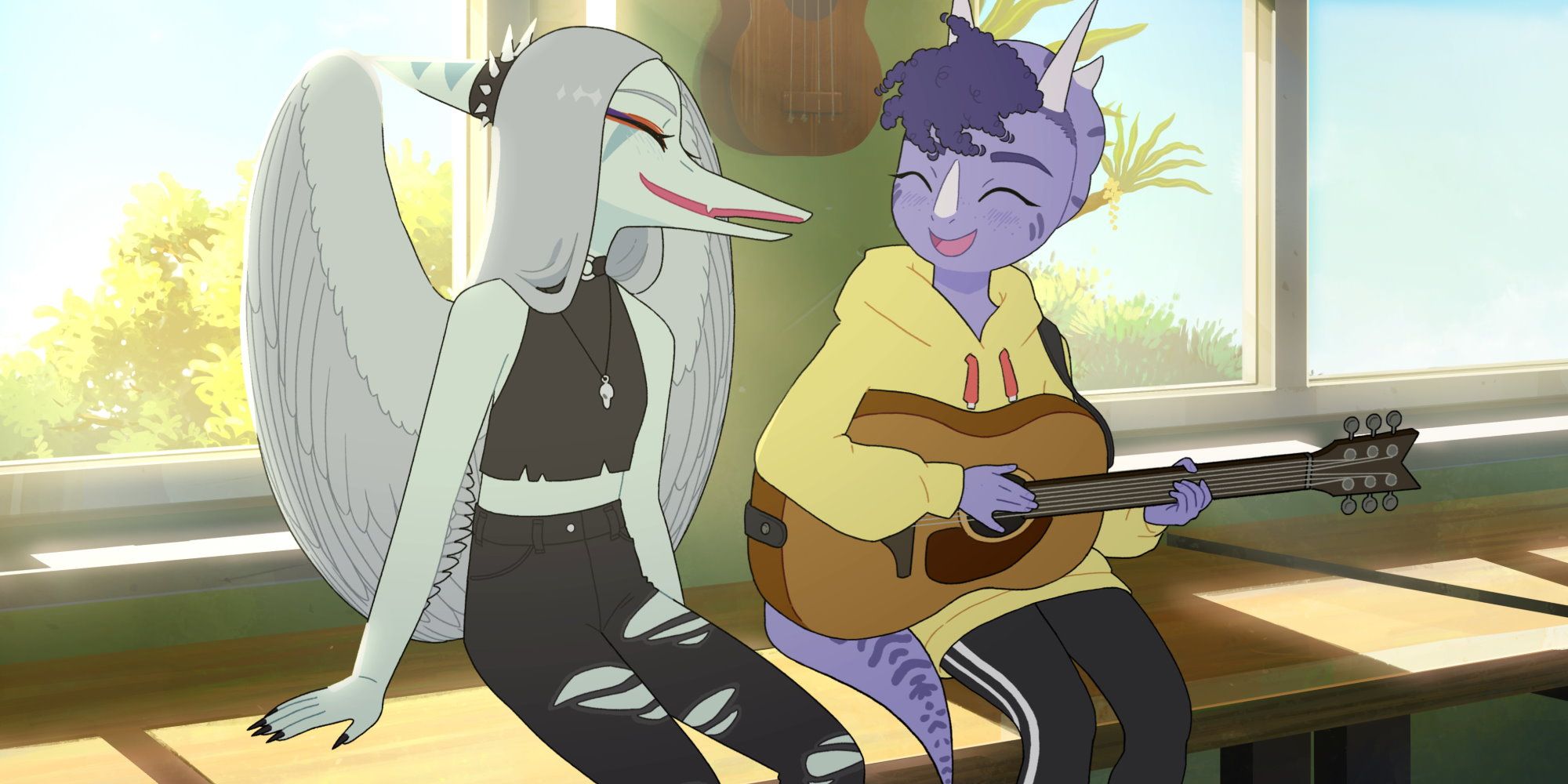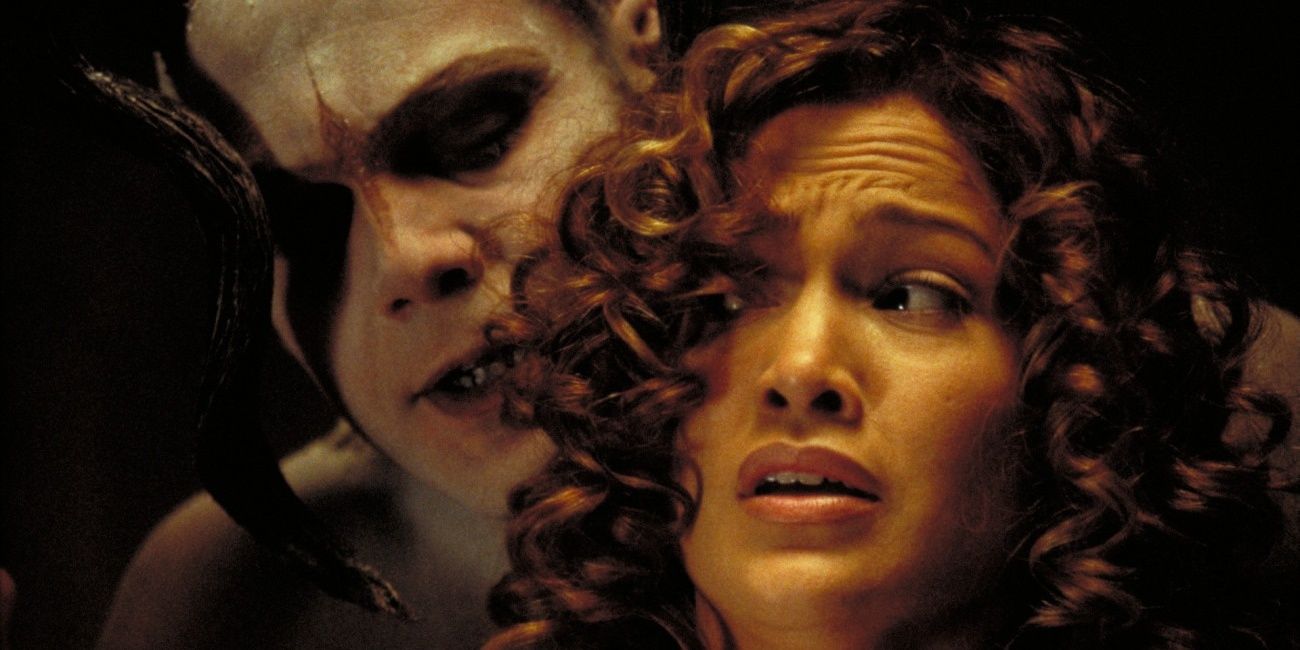
Filmmaking is a tightrope walk. There has to be a constant balance between story and visuals, making sure that one isn’t far behind the other. But, like all rules, there are exceptions. Some films tell such interesting stories that visuals come second and viewers refuse to bat an eye. But other films are drowning in stunning visuals that become the focus rather than their plots. 2000 horror film The Cell falls into the latter category, with imagery that more than makes up for the film’s stitched plot.
Directed by Tarsem Singh, who would go on to direct other visual eye candy like The Fall and Mirror Mirror, The Cell stars Jennifer Lopez as Catherine Deane. Catherine is a social worker working with a child in an experimental machine that lets a person connect their subconscious with a comatose person. Her work collides with FBI agent Peter Novak (Vince Vaughn) when the serial killer suspect he’s been hunting slips into a similar coma as Catherine’s patient. Together they must work to go into the killer’s mind and learn where his latest kidnap victim is.
RELATED: This Forgotten Horror Genre Needs A 21st Century Comeback
With a plot that’s more of a hodgepodge of ideas than a cohesive story, the visuals do the heavy lifting for The Cell. There are threads for interesting ideas laid out at the beginning of the film — hunting a killer with a strange method of killing a la Silence of The Lambs, conversations about what makes people become murderers, and even the inklings of a romance between two characters — but none ever get far enough down the road to be finished. What takes priority instead is scenes inside a serial killer’s mind, a world that Catherine and eventually Peter will have to navigate if they want to save a life.

It’s here in a feverish, dream-like state, that the film’s visuals are best showcased. Before viewers are introduced to the mind of serial killer Carl Stergher, they spend time in the mind of Catherine's initial patient, Edward Baines, a child left comatose after a sailing accident. Edward's dreamscape is a beautiful, expensive desert. The camera takes its time over miles of hills of sand, creating a calm effect. Catherine wears a flowing white dress that seems to suspend in the air. It feels like a painting more than a shot in a film, and a few moments are actually inspired by real artwork from surrealist artists.
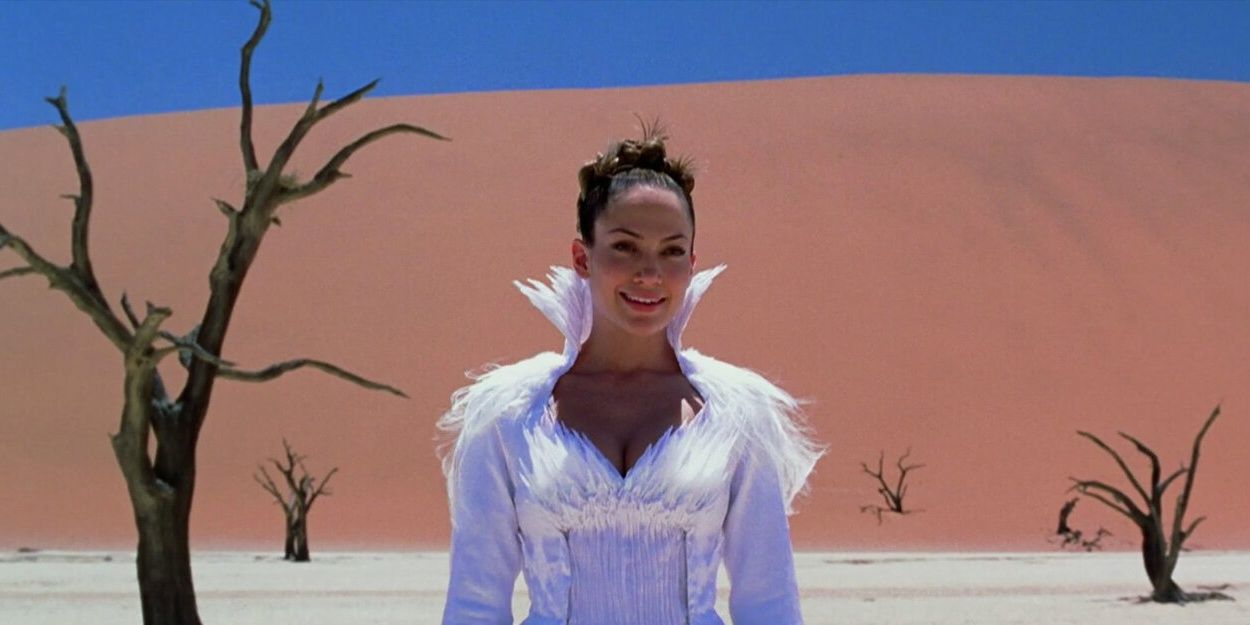
When Catherine enters Carl's mind, the imagery is still beautiful, but in a much darker and brutal way. Director Tarsem Singh is able to create shots that remain spectacular while depicting violence and horror in all its forms. It doesn't take long for Catherine to realize something is very, very wrong with Carl. While Edward's subconscious has clean, wide-open spaces, Carl's is filled with grime and darkness. Catherine is dropped into a sewer of sorts and makes her way to a younger version of Carl, who watches as a horse is split into various pieces.
Even moments as horrifying as murder and torture become oddly beautiful because they look like pieces of art. Even the moments outside of the mind remain filled with interesting visuals and style choices. Unusual angles and camera movements add momentum to the FBI’s investigation and hunt for Carl’s most recent victim. Editing is tied into the magic as well, with fast cuts that drive the story forward and add another level of anxiety to the film. The jumps between reality and the mind are jarring, reminiscent of films like Inception or even the live-action Silent Hill.
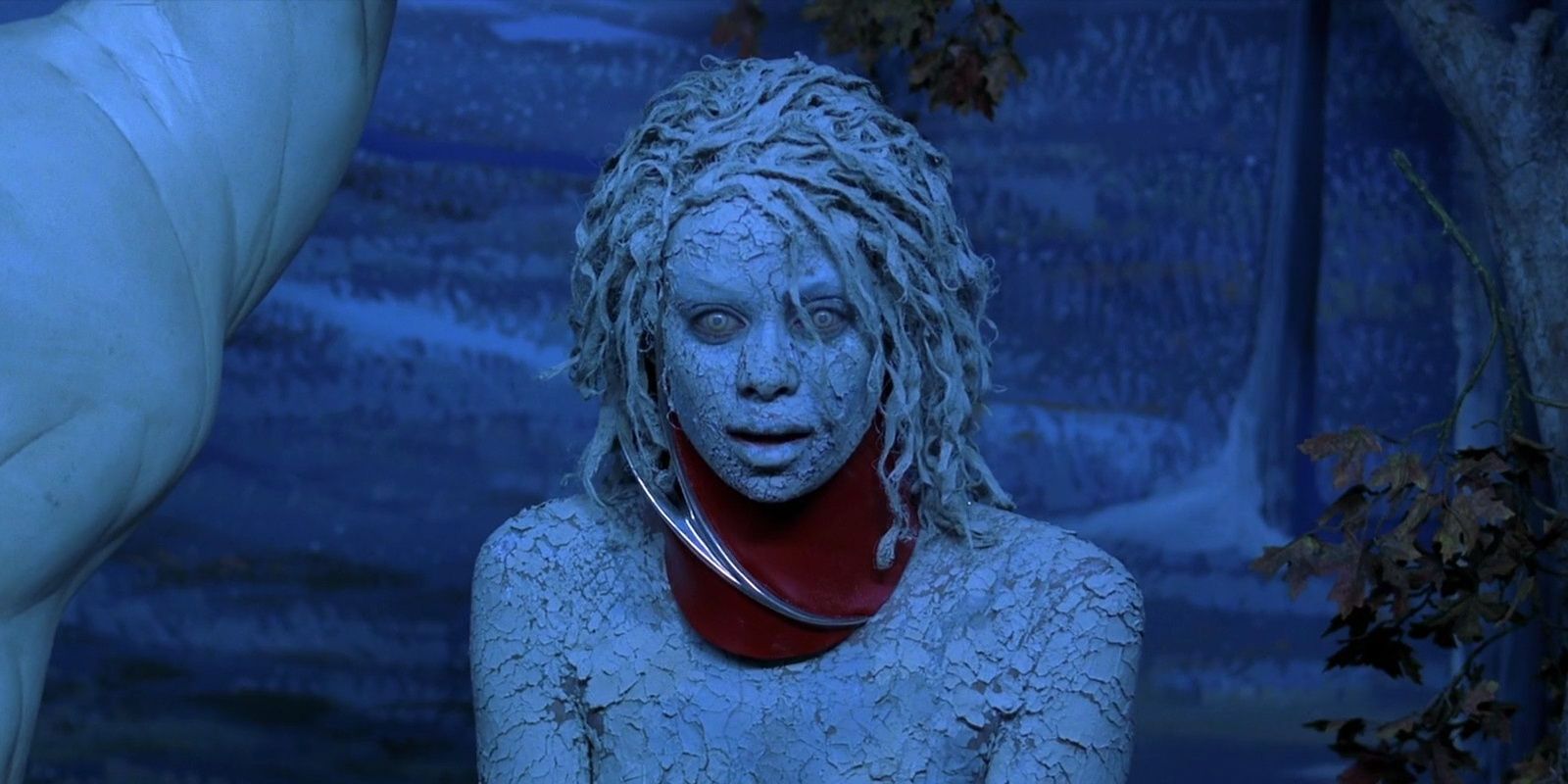
While the visuals remain the star of the film, The Cell does offer something else to viewers — a stand-out performance from Vincent D’Onofrio, who plays Carl. D’Onofrio steals the film from both Jennifer Lopez and Vince Vaughn, both insanely popular at the time of The Cell’s release. He offers just the right level of sinister and empathy to a frightening role. It’s compelling and unnerving to watch him slip into different personas of himself, from a bejeweled medieval torturer to a scaly monster with twisted horns.
Over 20 years after its release, more horror films and thrillers are slowly but surely following ideas laid out in The Cell by embracing striking visuals that not only scare but give pause to their audiences. Stand-out examples in recent years are from rather independent productions like Anna Biller’s The Love Witch and Ari Aster’s Midsommar. With the film industry changing every day, there’s no doubt that the trend will make its way into more mainstream productions. Hopefully, this shift to stylistic filmmaking will learn from The Cell and not be at the cost of a good narrative — but instead enhance a film’s story more than before.
MORE: Start Getting Excited For These Upcoming Horror & Thriller Movies


